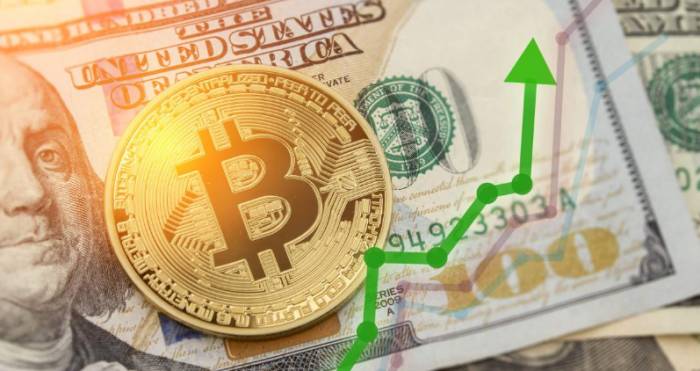Daniel Kahneman, a Nobel laureate in Economics, has written a book titled "Thinking, Fast and Slow." In the book, he divides brain activity into two modes of operation, distinguished by two fictional systems, System 1 and System 2.
Specifically, System 1 mainly refers to the fast, unconscious, autonomous control system that follows the principle of "seeing is believing" for rapid response; System 2 is a relatively slow, conscious system that solves problems by mobilizing attention and using analysis, judgment, and other relatively complex coping methods.
The behavior of capital market investors can also be interpreted using the fast and slow systems. The market is unpredictable and the environment is complex, and most people are accustomed to making decisions based on intuition. However, under the fast system, simplifying complex issues is not a good strategy.
At the same time, investing requires rationality and logic, but individuals often act based on feelings, so the contradiction between the market and individuals has long existed. So, how can the impact of individuals' irrationality in the face of the market be reduced?
Advertisement
I. Improve the involvement of the slow system to combat mental laziness
The following scenarios may be encountered by every investor in life or trading, I don't know if you have a familiar feeling:
1. I don't know much about this company, but I have seen the speech of their chairman, which is very infectious and attractive, so I think this company has a great development space in the future and is worth my investment.
2. My friend has always told me that this stock is worth buying, and he also talked about a lot of theories and practical reasons, so I followed the operation. Who knows what the result is now, I wish I hadn't bought it.
3. I bought the stock of Company A earlier, and then I found that the products of Company A are becoming more and more popular, and more and more people are buying them. Now the best positions on the shelves in the mall are all occupied by the products of Company A.Under the guidance of the system, most people tend to trust what they see. This means that we are accustomed to superimposing and associating known and easily obtained information to construct a complete story or logical chain, and then hastily draw conclusions. In this process, we subconsciously avoid evidence that does not match the conclusion, selectively focus on evidence that points to the same conclusion, and thereby strengthen our confidence in the conclusion.
Obviously, the quality of evidence obtained by habits may not be reliable. Life and investment are different; life can approach the truth based on habits or experience, but investment cannot. Investment requires rationality and logic, and all emotional and subjective decisions can be fatal. Enhancing the involvement of the slow system in the decision-making process and making rational decisions can reduce the probability of making mistakes.
II. Slow thinking, fast response, and decision-making using the slow system
The "slow" in slow thinking is a relative concept, which does not mean that there is no response to new information. On the contrary, a quick response is necessary. It is necessary to make rational selections in the information transmitted from the slow system to the fast system, and finally make decisions. How can ordinary people rely on the slow system to make investment decisions?
1. Recognize the invariants
Before making investment decisions, no one can know all the variables. Whether it is all the information surrounding the basic situation of the target, or the emotions of other market participants, the amount of information obtained, and the way of interpreting the information, etc. "Stocks are a part of the ownership of listed companies and the principle of mean reversion" are the two most important invariants in the capital market, so please clarify these two invariants before making decisions.

The long-term rise in stock prices is driven by the long-term growth of company performance. In the short term, there may be a deviation between price and value, but in the long run, the company's operations will eventually return to the track of value. Valuation levels will converge towards the valuation center, and prices always fluctuate around value.
2. Independent thinking
Independent thinking is the most difficult part of slow decision-making. To achieve independent thinking, one must first have the courage to say no to intuition, and secondly, be able to resist external noise to avoid it affecting one's own judgment. However, the results of independent thinking are often contrary to intuitive judgments.When short-term market performance aligns with intuitive judgment or external voices in the same direction, but contradicts the outcome of rational thinking, investors need to carefully examine and clarify the invariants. Decisions made by the slow system are a rebellion against intuitive judgment and external voices. Even questioning one's intuition and going against the group is not a pleasant thing, but maintaining the ability to think independently is a quality that excellent investors must possess.
3. Steady Accumulation
The wealth accumulation brought by investment is not achieved overnight, but a slow and spiral upward process. When you have been in the market for 5 years or even longer, you will find that you have missed many opportunities. However, there is no need to regret it, as these missed opportunities may indeed be beyond your grasp at that time.
The longer you stay in the market, the more you will gradually accept the way of accumulation and start to enjoy the process. This way of thinking will also extend outwards, affecting the way you view things. In fact, investment and life are constantly influencing each other. The slow thinking ability continuously strengthened in investment helps us reduce decision-making errors in life caused by intuitive mistakes and inherent biases.
Comment